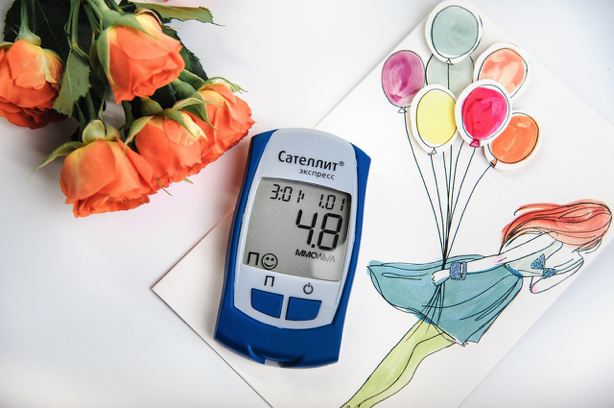In 2014 the CDC reported that more than 29.1 million Americans have a form of diabetes. Since then that number has grown significantly. The CDC has also said, as of 2017, that one-third of all American adults have prediabetes, a diagnosis that could quickly turn into type 2 diabetes if steps are not taken to prevent it.
For all of these people, managing their condition as well as its symptoms must be a top priority if they are to live their best lives. If you are affected by diabetes in any way, remembering these tips will help you manage and stay as healthy as possible.

Contents
Keep Good Long-Term Records

Keeping yourself in the dark and trying to ignore a condition like this isn’t going to make it get better or go away. Even if your health is well managed now, diabetes is a condition that can fluctuate, often unexpectedly. By keeping records of when you take your medication as well as which medications you have tried and responded well to you can make informed decisions when you talk to your doctor.
Keeping other records, like activity and exercise logs or food logs can also be helpful when it comes to tracking trends in symptom management. This can also be helpful if you are trying to keep your weight down.
Take Your Medication and Keep in Touch with Your Doctor

It should always feel like your doctor is on your team. You should like checking in with them as much as possible (and if you don’t, it may be time to find another doctor.) The process should be relatively painless and result in a few key insights from blood work and consultation, like medication and treatment plan adjustments.
If medication has been prescribed by your doctor, or a supplement of some kind has been suggested, you should take care to follow the instructions you have been given to a T. Yes, monitoring and management equipment can add up, but some programs can help. If you have trouble getting what you need, talk to your doctor or a community medical organization. In most areas, help is available. You can also look online for coupons and manufacturers discounts. For example, if you look up savings coupon on Lantus, you’ll find a few offers for at least a few dollars off. It all adds up.
Know Your Triggers (and Options)
If you struggle with the recommended meal plans you have been given, or you tend to “cheat” and end up paying for it later, you can give yourself better options. Many people who have developed conditions that dictate what they can and can’t eat go through a period of adjustment. Just like adopting any other new eating habit or diet, the more relaxed you can make it on yourself the better you will do.
No one makes the best choices when they’re hungry. Prep your meals ahead of time. If you need something sweet, find out what you can have and have something on hand. Create your own rules and always have an easy to eat a snack that’s doctor and meal plan approved within reach.
Pick Up a New Hobby
In addition to adjusting to a new diet, you may need to increase your activity level to manage your diabetes and symptoms better. Plenty of people aren’t a fan of going to the gym or won’t do any exercise routine- that’s okay. You need to increase your activity level.
That could mean setting up a plan to take a nature hike with your best friends once or twice a month. It could mean adopting an older dog that needs a walk once or twice a day (or volunteering to walk your neighbor’s dog.) If you’ve ever wanted to try gardening or helping out with a community garden, now is a great time to start. Whatever you do, choose something you enjoy. That way you are more likely to stick with it.
Build a New Five-Minute Healthy Habit

There are dozens of small things you can do to improve your health and manage your diabetes symptoms. The least of which take just a few minutes a day. By building these habits one at a time, maybe even only one a month, you will create a brand new, healthier routine in less than a year.
The most basic habits could be something as simple as making sure to floss your teeth, thereby reducing inflammation and helping keep your blood sugar even. Checking your feet and other sensitive or affected areas for cuts, bumps, and lesions is also a short but important task. Making sure to record your day-to-day activities, foods, and medication use is another potential healthy behavior.
Recommended:
